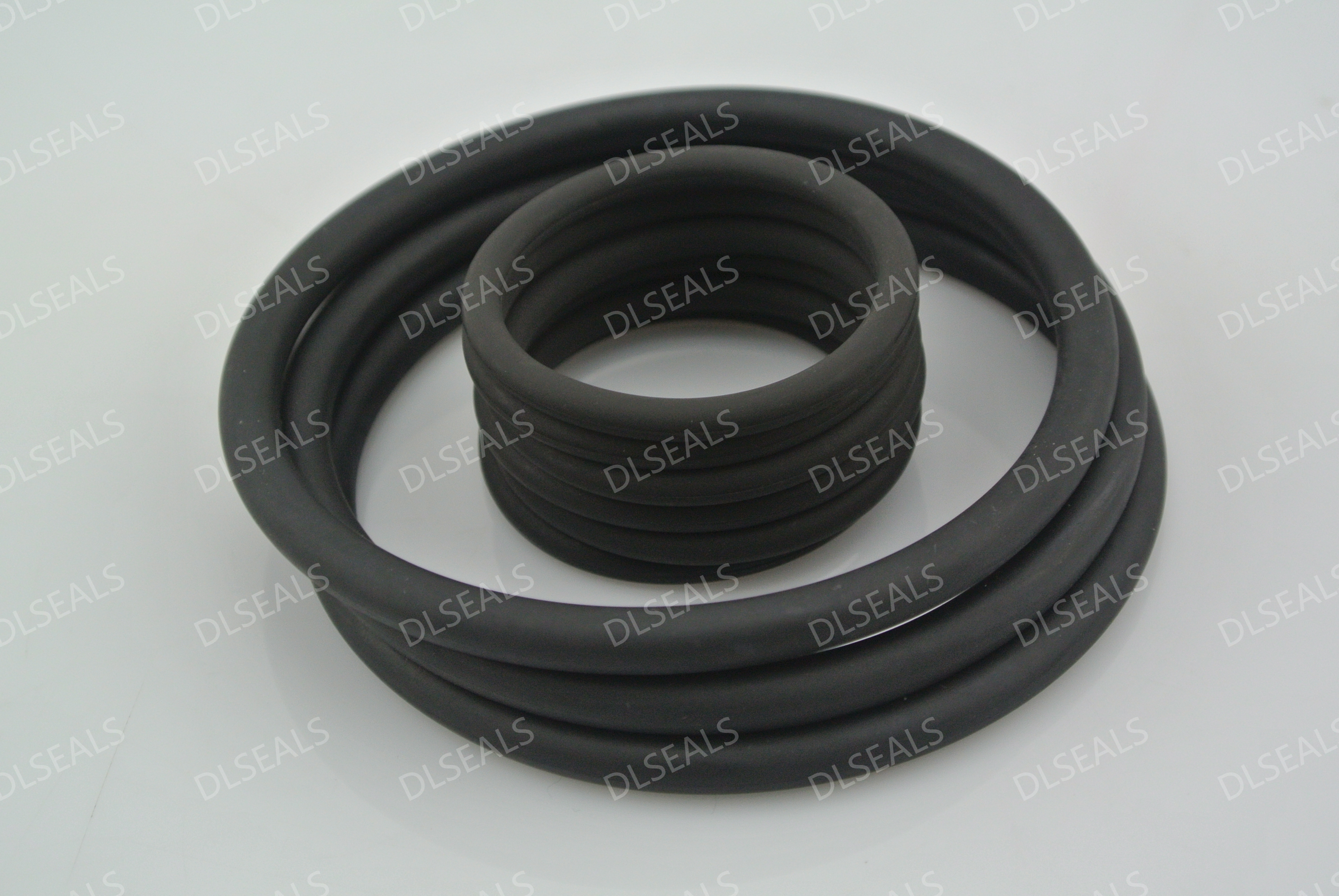News
A2024-11-02

The quality management and production process optimization of Nitrile Butadiene Rubber O-rings are important links to ensure product performance, reliability and consistency. An effective quality management system combined with advanced production technology can significantly enhance the market competitiveness and customer satisfaction of O-rings. The following are the main contents of quality management and production process optimization of nitrile rubber O-rings:
1. Quality management system
ISO standard certification:
ISO 9001: Implement the ISO 9001 quality management system to ensure the consistency and traceability of the production process and product quality.
ISO/TS 16949: For the automotive industry, try to follow this quality standard to improve the applicability and reliability of products in automotive applications.
Quality control process:
Raw material inspection: Ensure that all raw materials (such as nitrile rubber, fillers, cross-linking agents, etc.) meet technical requirements and conduct regular quality testing, including physical and chemical performance testing.
Process control: Use process monitoring (such as SPC, Statistical Process Control) to monitor key parameters in the production process (such as temperature, pressure, mixing time) in real time to prevent production deviations.
Final product inspection:
Factory inspection: Each batch of O-rings is subjected to comprehensive physical and chemical performance testing, including tensile, tear, hardness and chemical resistance.
Life and reliability testing: Evaluate the service life and reliability of O-rings through aging tests, fatigue tests and pressure tests to ensure that customer needs are met.
2. Production process optimization
Material formula optimization:
Modification and toughening: According to specific application requirements, nitrile rubber can be modified and toughened, and an appropriate amount of antioxidants, fillers and modifiers can be added to improve the material's temperature resistance, oil resistance and wear resistance.
Composite material research: Explore the compounding of nitrile rubber with other high-performance materials (such as hydrogenated nitrile, fluorine rubber, etc.) to improve the performance of O-rings in high-demand environments.
Improvement of mixing process:
Mixing equipment: Use efficient mixing equipment (such as kneaders, twin-screw extruders) to improve the mixing uniformity of materials, ensure that each component is fully dispersed, and optimize material performance.
Mixing process optimization: control the mixing temperature and time to avoid overheating or insufficient mixing, so as to ensure that the physical and chemical properties of the material are not damaged.
Molding process optimization:
Injection molding and compression molding: According to the size and quantity of the product, select the appropriate molding process (injection molding, pressing, extrusion), optimize the mold design, and improve molding efficiency and product consistency.
Vulcanization process control: Strictly control the vulcanization temperature, pressure and time to ensure the optimal degree of cross-linking of the O-ring, thereby improving its physical properties and chemical stability.
3. Optimization of process parameters
Identification of key process parameters:
Through experiments in laboratory research and development and small batch trial production stages, key process parameters that affect product performance are identified, such as mixing temperature, vulcanization time, cross-linking agent dosage, etc.
Response surface method optimization:
Apply statistical methods such as response surface methodology (RSM) to optimize key process parameters and find the optimal process window to improve production efficiency and product quality.
4. Modernization of equipment and technology
Automated and intelligent production:
Introducing automated equipment to reduce manual intervention and improve production efficiency and product consistency.
Utilize Internet of Things (IoT) technology and big data analysis to conduct real-time monitoring and data analysis to ensure the stability of the production process.
Research and develop new equipment:
Invest in the research and development of advanced mixing, molding and vulcanization equipment to meet the production needs of high-performance O-rings, increase production capacity and reduce production costs.
5. Employee training and cultural construction
Training system established:
Regularly conduct quality awareness and skills training for employees to improve their understanding of quality management and production processes and ensure the correctness and consistency of process execution.
Quality culture construction:
Promote a "quality first" culture within the company, encourage employees to put forward suggestions for improvement, and achieve a quality management situation in which all employees participate.
in conclusion
Quality management and production process optimization of nitrile rubber O-rings are important links in improving product competitiveness. By establishing a complete quality management system, continuously optimizing production processes, using modern technology and equipment, and strengthening employee training and cultural construction, the production efficiency and product quality of O-rings can be significantly improved to further meet the various needs of the market and customers. . This provides a strong guarantee for the sustainable development and market expansion of the enterprise.
[DLSEALS kindly Reminder] Sealing issues? Turn to DLSEALS! As a sealing component manufacturer, we specialize in customizing sealing components, providing a full range of services from design, research and development, production, testing, and more. If you have more information you'd like to know, feel free to contact us directly. DLSEALS's product experts are dedicated to serving you!